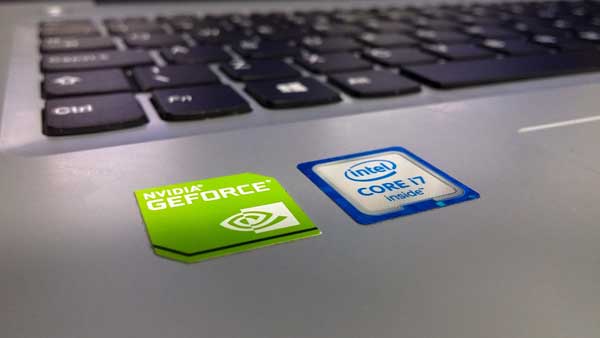Intel drops out of the Dow Jones

[Intel and Nvidia. Photo Credit: Pixabay]
It’s official that Intel is removed from the Dow Jones Industrial Average on November 8, 2024, concluding its 25-year tenure that began in 1999.
This departure signals more than just a symbolic change for the semiconductor giant that has been synonymous with the computer revolution.
For decades, Intel’s processors have been the driving force behind countless devices, from personal computers to large servers, establishing it as a well-known brand and key player in the technology industry.
However, as the industry has progressed, Intel has found it challenging to maintain its competitive edge.
While companies like Nvidia have made significant advancements with the state of the technology, Intel has encountered numerous difficulties including delays, setbacks, and missed opportunities.
These challenges weren’t sudden but accumulated over time, particularly during the past decade, when delays in introducing cutting-edge chip technology enabled rivals such as AMD and Taiwan Semiconductor Manufacturing Company to capture substantial market share.
The decision by Dow Jones, which aims to reflect the overall status of the U.S. economy, suggests that current trends in the technology sector have made companies like Nvidia more representative of where the tech industry is headed.
Indeed, Nvidia now dominates both the AI and GPU markets, territories where Intel has struggled to establish a strong presence.
Since 2021, Intel has been implementing comprehensive reforms under CEO Pat Gelsinger's guidance to revitalize its operations.
The company is investing heavily in constructing chip production facilities and working diligently to regain its status as a frontrunner in the manufacturing industry.
While these strategic initiatives hold potential for success in the long run, experts note that it will require considerable time for Intel to restore its credibility, especially as rivals continue to innovate and expand.
Intels’ exclusion from the Dow Jones Industrial Average extends beyond mere status concerns.
Being part of such a prestigious index traditionally attracts investors seeking stability and reliability.
The change also reflects the evolving landscape of the tech sector today, highlighting the industry’s pivot from CPUs to GPUs and the growing importance of AI and cloud computing.
As companies like Nvidia take the lead in reshaping innovation in today’s economy, Intel’s challenge lies in moving beyond its historical successes and demonstrating its capability to pioneer new developments in the current market.
The question remains: Can Intel adapt to this new era of technology, or will it continue to fall behind?
One thing is clear: staying relevant in today’s tech world requires more than just a strong history - it requires bold, forward-thinking action.

- Jinwoo Lim / Grade 11
- NLCS Jeju

![THE HERALD STUDENT REPORTERS [US]](/assets/images/logo_student_us.png)
![THE HERALD STUDENT REPORTERS [Canada]](/assets/images/logo_student_ca.png)
